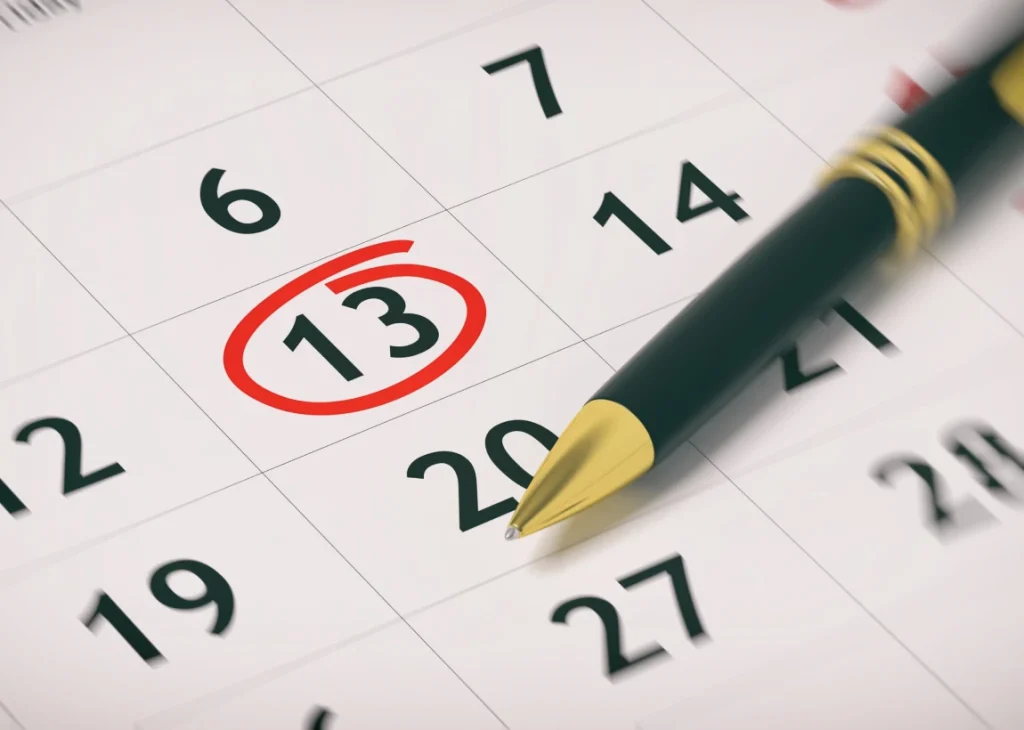Get pre-approved
today.
Are you ready to buy a home? A mortgage pre-approval is an important part of the home buying process. If you are pre-approved, it means that a lender has qualified you for a mortgage loan based on the information you have provided, and subject to certain conditions. A mortgage pre- approval is a preliminary agreement from a lender indicating the amount you’re likely to be approved for, along with the interest rate and terms. This is not a finalized loan agreement but is helpful as it can give you a clearer picture of what you can afford and shows sellers that you are a serious buyer. Securing a mortgage pre-approval before you start house hunting can simplify the process and enhance your buying power.

Save Time and Focus on the Right Homes: Pre-approval helps you narrow down your search to homes within your budget, saving you time and effort.
Boost Your Negotiating Power: Being pre-approved may give you an edge in negotiations, as sellers view you as a qualified buyer.
Know Your Budget and Payments: Gain a clear understanding of your potential monthly payments and the down payment required, helping you plan more effectively.
Potential Rate Lock: Some lenders may offer a rate lock, so you’re protected against rising interest rates while you continue your home search.
Show Real Estate Agents You’re Serious: Real estate agents are more likely to prioritize clients who are pre-approved, knowing they’re ready to make a purchase.
No Obligation and No Cost: Pre-approval is free and doesn’t bind you to any mortgage commitment, giving you flexibility.
Stronger Offers for Sellers: When you make an offer, sellers are more likely to take it seriously if you’re pre-approved, as it shows you have solid financial backing.
A rate lock is an agreement where a lender guarantees a specific mortgage interest rate for a set period. This document “locks in” the rate, protecting you from any rate increases until a clearly defined end date. For example, a lender might offer a rate of 3.2% for 90 or 120 days. If interest rates rise to 4.1% during this time, you would still have access to the original 3.2% rate as long as the rate lock remains active.
It’s important to note that a rate lock is not a mortgage application. Since it’s simply an interest rate guarantee, you won’t need to provide documentation or undergo an application process at this stage. If you later decide to move forward with the mortgage, the formal application process will begin. If not, the rate lock expires with no obligation on your part.

Your Assets: What you own, such as property, vehicles, or investments
Your Income: Proof of your earnings from employment or self-employment
Your Debts: Information on any financial obligations or outstanding debt
Identification: Valid ID to confirm your identity
Proof of Employment: Documentation of your current income
Down Payment and Closing Costs: Proof that you can cover these initial expenses
Asset Information: Details on other assets, like a car, secondary property, or boat
Debt Information: Documentation of any debts or financial obligations
Current Salary or Hourly Rate: For example, a recent pay stub
Job Details: Your position and length of time with the employer
Self-Employment Income: If self-employed, notices of assessment from the Canada Revenue Agency for the past two years
Your lender or mortgage broker may also request recent financial statements from bank accounts or investments to verify that you have sufficient funds for the down payment
Credit Card Balances
Child or Spousal Support Payments
Car Loans
Lines of Credit
Student Loans
Any Other Outstanding Debts
Keep in mind that mortgage pre-approval is not the same as final mortgage approval. Pre-approval simply provides an estimate of how much you may be able to borrow. Once you’ve made an offer on a property, you’ll need to formally apply for the mortgage. If approved, you’ll then agree to the final terms and conditions.
Congratulations on your mortgage pre-approval! If you’re satisfied with the pre-approved loan amount, rate, and terms, you’re ready to continue your home search. If the amount is lower than expected, don’t worry—there are steps you can take to increase it.
Here are some important next steps for buyers after pre-approval:
Secure the Right Real Estate Agent
After getting pre-approved, it might be tempting to dive straight into house hunting. However, the first step is to find a qualified real estate agent to represent you.
Define Your Housing Needs
With pre-approval in hand and an agent by your side, start defining what you need in a home. Consider important factors like type of home, size, location, style, and budget.
Think about whether you prefer an urban or rural setting, the number of bedrooms, and if you need a move-in ready home or plan to renovate. Also, remember that your pre-approval amount doesn’t have to be your maximum budget. Being specific with your requirements helps your agent identify the best matches.
Plan for Closing Costs
While down payments and mortgage rates are top of mind, don’t overlook closing costs. These additional expenses include legal fees, land transfer taxes, moving costs,
title transfer, and property insurance. Closing costs typically occur at the final stages of buying a home, so it’s essential to plan ahead to handle these costs smoothly.
Start Touring Homes and Make an Offer
Now comes the exciting part—touring homes! Take your time to explore options that meet your needs and budget. With the current market easing a bit, there’s less pressure
Finalize Your Mortgage Financing
Once your offer is accepted, it’s time to secure your mortgage. Remember, a pre-approval is not a final mortgage approval, so you’ll need to go back to your lender or shop around for the
best option. A mortgage broker can help you find the most suitable mortgage product with favorable terms.

A pre-approval is a strong first step toward homeownership, but it’s just the beginning. With support from the right professionals, you’ll be settling into your new home before you know it. Whether you’re a first-time buyer or experienced homeowner, we’re here to make your journey smooth and successful.

If your pre-approval amount is lower than you’d hoped, consider these strategies to boost your borrowing power:
Increase Your Down Payment: A larger down payment can reduce your monthly payments and qualify you for a higher mortgage amount.
Reduce Existing Debt: Pay down high-interest debts, such as car loans or credit card balances, to improve your debt-to-income ratio and free up funds for your mortgage.
Improve Your Credit Score: Boost your score by making payments on time, using only a portion of your available credit, and maintaining a healthy credit history.
You’ll need to provide financial documents like income verification, credit history, and details about your debt.
Typically, pre-approvals are valid for 90-120 days.
No, a pre-approval is not a final loan agreement. It provides an estimate based on your current financial situation and may change based on final approval conditions.
It helps you know your budget and shows sellers that you are a serious buyer, which can improve your negotiating position.
You can still apply, but a higher credit score generally improves your chances of getting a favourable pre-approval.
While it’s not required, having a pre-approval can strengthen your offer and expedite the buying process.
While you may qualify for a certain amount, it’s not always advisable to use the full amount of your pre-approval. Consider your comfort level with monthly payments, as well as other financial goals and obligations. Staying below your maximum pre-approval amount can provide a financial cushion for unexpected expenses or future savings.
Yes, a mortgage pre-approval can affect your credit score, but usually only slightly. When you apply for pre-approval, the lender will perform a hard inquiry on your credit report, which may lower your score by a few points. However, if you’re shopping around and multiple lenders check your credit within a short period (usually within 14-45 days), credit bureaus often count these as a single inquiry.
In most cases, mortgage pre-approvals are free. Lenders typically offer this service at no cost as it allows them to assess your eligibility and establish a relationship with potential borrowers. However, it’s always best to confirm with the lender if any fees apply, especially for specialized or unique financing needs.
Yes, you can get a pre-approval for a variable-rate mortgage. However, be aware that the interest rate on a variable-rate mortgage may fluctuate over time based on market conditions, even after pre-approval. This means your payments could change, depending on the interest rate at the time you finalize your mortgage.
No, getting a pre-approval does not obligate you to use that lender when it’s time to finalize your mortgage. You are free to shop around and choose the lender offering the best terms. However, if the pre-approval includes a rate lock, you may need to stick with that lender to benefit from the locked rate.
If your pre-approval expires before you purchase a home, you can reapply for another pre-approval. Lenders typically provide pre-approvals that last between 60 and 120 days, so if you haven’t found a property within that time, contact your lender to extend or renew your pre-approval. Keep in mind that a new credit check and updated financial documents may be required.
Get Your Free Estimation
